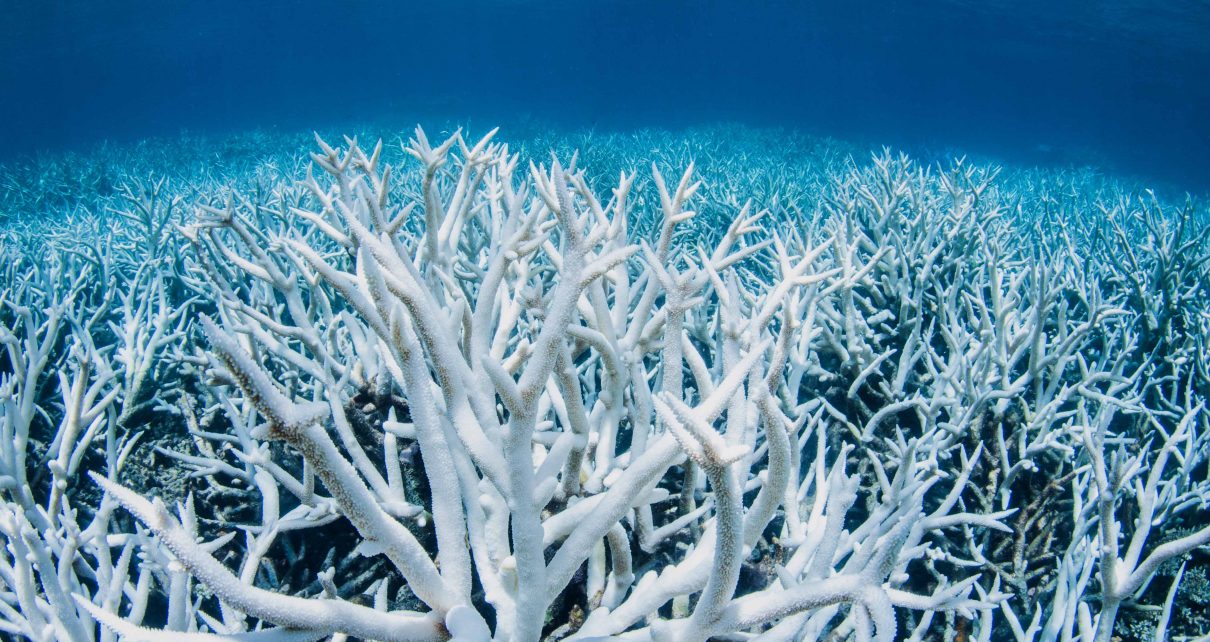Climate change is testing Earth’s limits.
It’s altering weather patterns, intensifying natural disasters and breaking temperature records left and right. Eventually, many parts of the world may settle into a “new normal” as climate conditions shift beyond anything the planet has experienced in human history.
That could be devastating for the planet’s ecosystems.
A grave study warns that plants and animals all over the world may soon be living with temperatures they’ve never experienced before. And some of them may not be able to tolerate the changes.
Published yesterday in Nature by scientists Christopher Trisos, Cory Merow and Alex Pigot, the research looks at species assemblages around the world—groups of species that coexist in one space together, and often depend on each other to keep the ecosystem functioning. Species in an assemblage often have similar temperature limits.
Under a severe climate change scenario, in which global average temperatures may rise as much as 7 degrees Fahrenheit by the end of the century, around 15% of all species assemblages may experience what the researchers dub an “abrupt exposure event.”
That’s when more than a fifth of all species in an assemblage are exposed to temperatures they’ve never experienced before, all in the same decade.
These kinds of events may start to occur as soon as the year 2030 in high-risk places like the tropical oceans. And they could be happening in other parts of the world by the year 2050.
Most scientists say this much warming by the end of the century is probably unlikely, although not impossible—and such high levels of warming could still occur beyond the year 2100.
Less severe scenarios also carry risk.
Under a scenario in which global warming stays below 3.6 F (that’s 2 degrees Celsius, the primary goal of the Paris Agreement), about 2% of all assemblages worldwide would experience an abrupt exposure event between now and the year 2100.
The researchers focused on these abrupt events for several reasons. Some studies have suggested that when a habitat’s diversity declines by 20% or more, there’s a higher risk that the whole ecosystem will suffer a catastrophic die-off. The faster these declines occur, the less time the habitat will have to adapt, and the greater the risk will be.
There’s a much higher likelihood that at least one species in any given assemblage will cross the threshold by the end of the century, although the risk this poses to the whole ecosystem may be lower.
If species do start dying off, “we might initially see a small trickle of species being lost from an assemblage, but this will be followed by an abrupt loss of most species in the assemblage within the same decade,” said Jennifer Sunday, a McGill University scientist, in a published comment on the study.
It’s important to note that this turn of events isn’t guaranteed.
The study investigates the point at which temperatures will rise beyond anything a species has experienced in the past. But it doesn’t prove that those species will die off as soon as this happens.
Some could turn out to be more adaptable than they get credit for, the researchers note. They could naturally be able to survive in temperatures hotter than they’re accustomed to. Or they could migrate into more favorable areas, if they’re fast enough. Or they could evolve to tolerate the new conditions.
That’s the difficulty with climate change—it’s pushing the Earth into new territories. As a result, it’s not always easy or even possible to predict how natural ecosystems will respond.
Extreme climate change could threaten species assemblages all over the world with unprecedented climate conditions within the next 30 years.
And under those conditions, the researchers write, “we have almost no knowledge of the ability of their constituent species to survive.”
Reprinted from Climatewire with permission from E&E News. E&E provides daily coverage of essential energy and environmental news at www.eenews.net.



